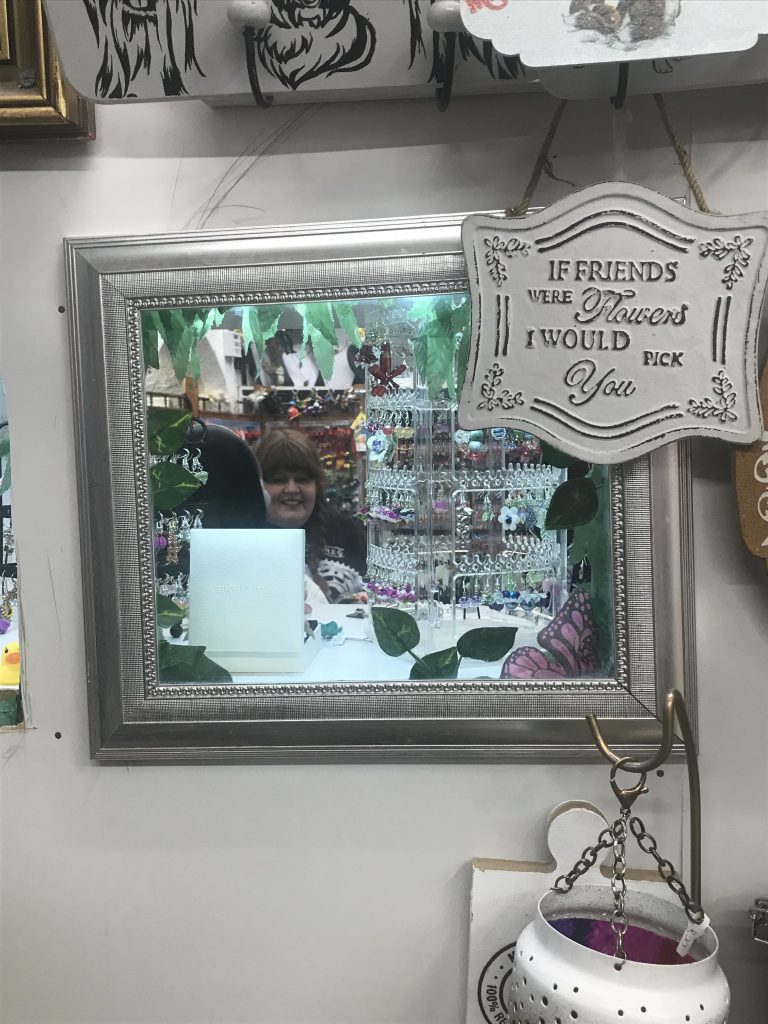No bag is complete nowadays without the magical touch— a special little trinket.
The bedazzlement of bags is due on a large part to the resurgence of Jane Birkin, specifically in the way the iconic actress and singer was known for accessorising her Birkin bag, adding stickers as well as stringing necklaces, watches and silk scarfs to it to create that ‘jingle jangle’. TikTok then has transformed her quintessential style to shift our once solitary pursuit of collecting into a shared experience of displaying our cute finds. As a result, companies, like Miffy, Sony Angels, Smiski, Sanrio and Jellycats, have sky-rocketed in recent years as we are all on the hunt, opening every blind box we can find, to unearth that small friend that expresses our personality.
When you are holding a Smiski figurine, that day dreaming model from Living Series two that you searched high and low for, then you’re not just holding a piece of plastic— you’re holding a story, a tangible token of nostalgia. ‘In a world that’s increasingly digital and fast-paced’, as Jenny O’Conner writes for gurlworld, ‘there’s something comforting about holding a physical object, something that can be touched, admired, and displayed.’ Showcasing your finds therefore acts as a way to rekindle a sense of childlike wonder which can be lost in the rush of attending your lectures and writing your summative.
Trinket collecting works to display our desire for well-being and self-expression. As Justina Vingilyte notes in their study Personal clothing style and self-concept, the act of manufacturing an outward reflection of your interests ‘constitutes an embodiment of the true self, representation of the ideal self and expression of the creative self.’ This pursuit of personal style, she goes on to note, relies on ‘self-knowledge, consistency and [what provides an] enduring sense of comfort.’ Despite being small, these accessories can provide the wearer a great deal of encouragement acting as a constant companion in our daily routine. As one of the key manufacturers of Sanrio, Nakajima Seiji, states part of the appeal of Hello Kitty is that ‘without the mouth it is easier to imagine her sharing whatever feeling you have at that moment.’ Accessories then provide the wearer the accessible opportunity to represent your individual voice with the small purchase of a key-ring.
Yet one has to wonder when we are pursuing our desire to make our fashion style more personal, flocking to urban outfitters for a £10 Miffy keychain, are we only buying into a pre-packaged personality?
In the age of aesthetic consumerism, trinkets— and fashion overall— has become heavily commodified as shoppable indicators of personality, where consumers are fed the notion that identity can be represented in a curated airport tray or fallen fantasy loot. To use the term Joseph Sugarman coined, consumers seek ‘immediate gratification’, the instant link to each item of an influencer’s outfit, so they can be in vogue within the small-time frame of the style’s relevance before they run off to the next big thing. The acute awareness of the quick expiry date of trends has been very apparent in the ‘Jane Birkinfy’ phenomenon as several TikTokers online have purposely broke in their bag, covering it in mud or spilling bottles of wine on it, in attempt to manufacture the passage of time and its authenticity for that currently coveted distressed lived-in look.
One of history’s most prolific critics of consumer capitalism, the economist and philosopher Adam Smith, predicted these complaints, noting ‘How many people ruin themselves by laying out money on trinkets of frivolous utility?’ Some of the famous trinkets of his time that he fought against, including ‘nutmeg grinders’, ‘tiny microscopes for examining flowers’ and ‘pocket globes’ as Virginia Postrel notes, only met our immediate basic material desires where we should instead focus on goals towards our true fulfilment that lie outside the capitalist enterprise.
Whilst indulgence in trinkets can lead to subsequent over-consumption, the notion of them as being only ‘frivolous’ completely negates the value of these small rewards. The popularity of collecting taps into a deeper psychological need to impose some semblance of order on a world that so often feels unpredictable, where building an infantry of trinkets offers a sense of stability and accomplishment. As Gao et al. affirm, the motivations behind collecting ‘are to feel in control, self-identity, and relive the past.’ Each new addition is a small victory, where you can face the world adorned by your trophies. We should instead then focus on the long-term value of trinkets, where we can be more intentional selecting pieces that we know we would appreciate for years to come. I like to think that if Adam Smith had a cute life-time companion on his leather satchel than maybe he would have understood the vision.
If you are looking for your own little trinket when out and about in Durham than I highly recommend checking out UpcycleMe that can be found in the indoor Durham Market Hall at stall 34. They repurpose discarded charms and figures, giving them a second life as new key-chains and earrings for very affordable prices.
Trinkets ultimately are here to stay, acting as reminders that there will always be a place for the little things that provide joy, comfort and a sense of belonging.
